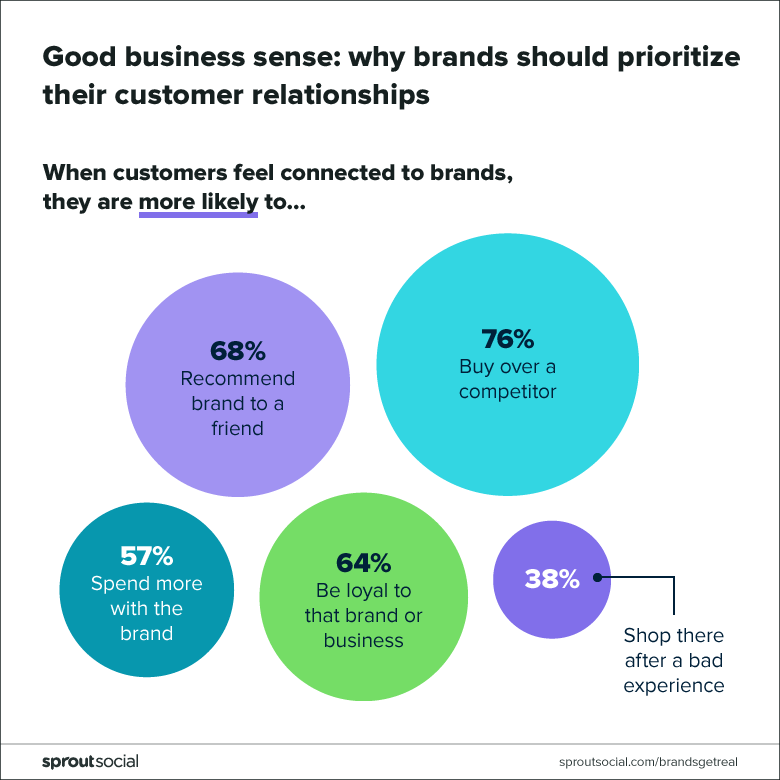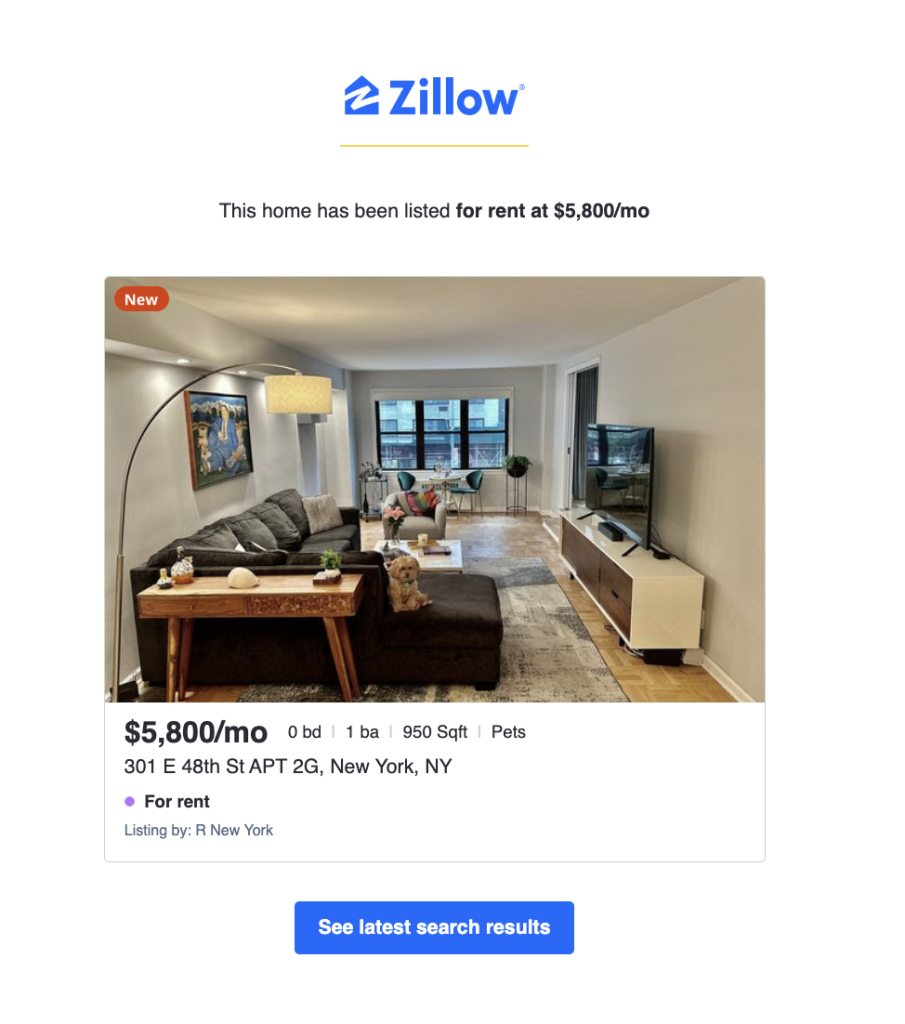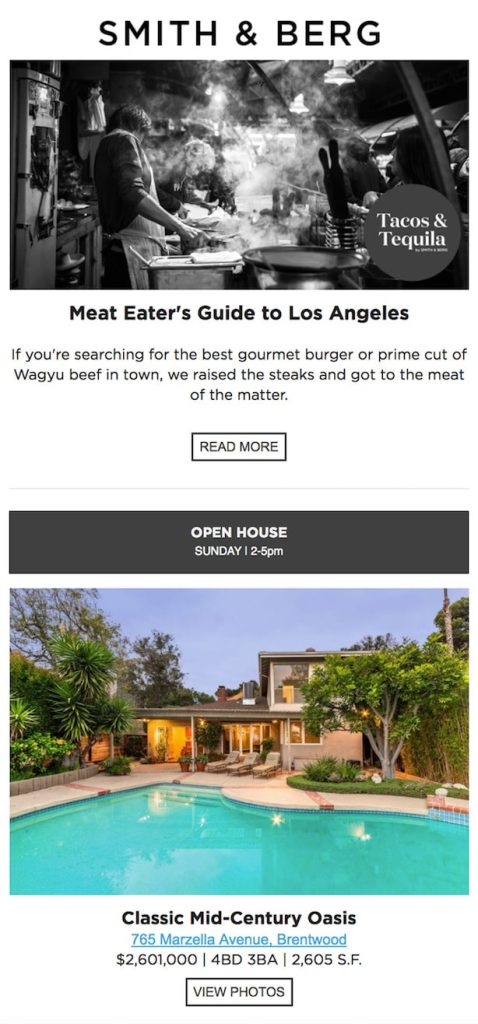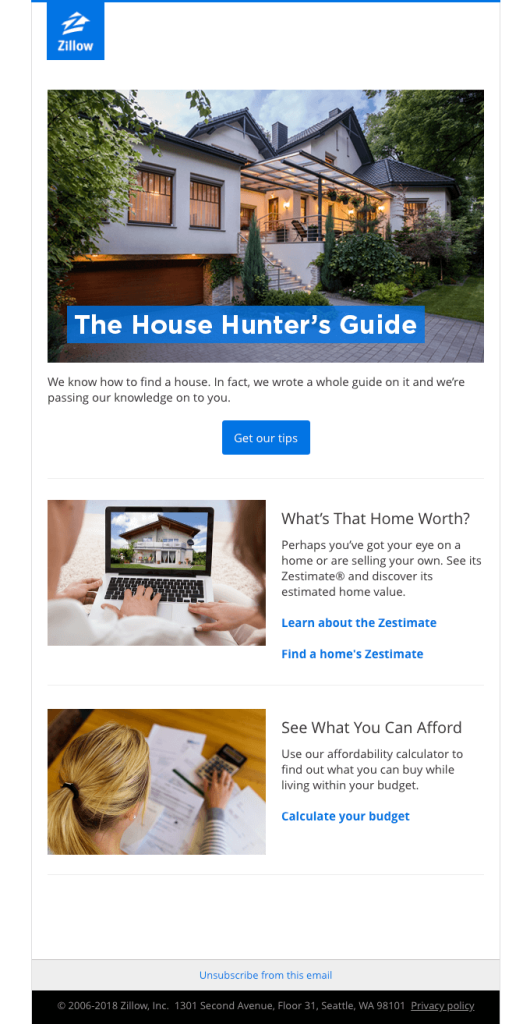In the competitive world of real estate, attracting and converting leads requires a multi-pronged approach. While social media and online listings play a crucial role, email marketing remains a major tool in converting people from casual visitors to regular customers.
Today, you’ll learn the specifics of email marketing for real estate agents and how to leverage the power of email to connect with the right audience, deliver targeted messages, and propel your business forward.
Does Email Marketing for Real Estate Business Even Work?
Email marketing for realtors is as strong as never before, with 50% of B2B marketers saying it is their most impactful acquisition strategy.
- According to the Content Marketing Institute report, 73% of B2B marketers use an email newsletter as a content marketing strategy, with 71% seeing email engagement as one of the most critical content performance metrics.
Email marketing in real estate allows you to divide your audience by interests and needs so you can nurture each target group individually.
Nurturing, though, takes time and patience. A real estate buyer usually finds a perfect home in 3 to 12 months, so don’t expect them to buy the first property you show them.
Benefits Of Real Estate Email Marketing
Commercial real estate email marketing allows agents and brokers to grow their businesses by building a trustworthy reputation, leveraging targeted reach, and staying within the client’s sight.
| Building Trustworthy Reputation | Email marketing can help you establish yourself as a credible business. According to SproutSocial research, 86% of Americans think that transparency from businesses is more critical than ever before. Meanwhile, email campaigns for realtors are one of the easiest ways to keep in touch with your current and potential clients.
Purchasing and selling property is a big life decision, but you can slowly drive them there with your real estate newsletter marketing campaign, proving your expertise while instilling a habit of regularly checking your messages. |
|---|---|
| Targeted Reach | With tailored email marketing for estate agents, you can ensure that your promo perfectly triggers users’ pain points. Emails that are tailored based on recipient behavior boast a 73% higher open rate and a 152% higher click-through rate compared to generic emails.
Let’s imagine that you sell residential property in New York. You can segment people as first-time residential buyers, people looking for their second house, and investors. You can also segment the audience by location, as people looking for a 1-bedroom apartment in Queens would not be thrilled to see the Manhattan penthouse listing in their newsletter. Targeted reach ensures the maximum possible efficiency of your real estate email campaign. Once you gather behavioral data from your users, you can segment them even more deeply and provide personalized offers. |
| Staying Top-of-Mind | By regularly sending valuable messages, you can ensure that customers will remember you and come back to you later. Zero Bounce 2024 report says that 47% of users mainly open brand emails because they expect to see relevant messages. Well-timed email marketing for estate agents can spark users’ interest and remind them why they chose you. |
The value of customer relationships cannot be overestimated. The deeper the feeling of connection, the greater the chances they will buy from you and return for recurrent purchases.
Here you go:

Source: Sprout Social
Real estate email marketing campaigns allow you to share your brand story, company culture, and values. This emotional connection keeps your brand relatable and memorable in a crowded marketplace.
How To Build A Reliable Real Estate Email Marketing Strategy
Crafting a solid email strategy is a complicated yet achievable process. According to Omnimonster, real estate email campaigns have an open rate of 34.91%, a click rate of 1.33%, and a bounce rate of 13.67%. So, if you build your real estate marketing emails properly, you’ll see similar or even better results.
Here are some common concepts for building an email marketing strategy:
| Define Your Target Audience | Determine your marketing goals and the role of email marketing there. Understanding your ideal client and their needs will shape your entire strategy. |
|---|---|
| Building Mailing Lists | Segment potential clients into groups and develop individual email marketing strategies for each group while prioritizing high-intent leads. |
| Send Relevant Content | Craft emails that educate, inform, and engage alongside selling: market reports, local area guides, tips for buyers/sellers, success stories, etc.
Craft subjects that grab attention and entice people to open the letter. Keep the message concise and relevant. Every email should have a short yet clear CTA, telling subscribers what you want them to do next. |
| Use Email Automation Tools | You can streamline communication by automating your email outreach, sending emails by triggers, using the AMP technology in emails, and more. |
| Track and Analyze Your Performance | Monitor your email marketing metrics like delivery & deliverability rates, opens, clicks, and conversions to improve your performance. |
Needless to say, it’s also essential to ensure your emails are optimized for smartphones and tablets. More than 81% of users prefer to open emails on their smartphones, while 67% of Gen Z, 59% of millennials, 53% of Gen X, and 36% of boomers primarily use email on their smartphones.
Building a Robust Real Estate Email Marketing Strategy
Start with Welcoming Emails
A well-designed welcome email can encourage subscribers to open future messages and leave valuable contact information. The more data you collect, the easier it will be to gain insights into subscribers’ interests while setting the stage for long-term engagement.
StreetEasy’s welcoming email is a great example of gentle encouragement to take action while collecting information about them:
 Source: StreetEasy
Source: StreetEasy
Regularly Provide New Property Listings
By sharing valuable information about properties and local trends, you position yourself as the expert in the niche. In addition, you can evoke a sense of urgency with the “don’t miss out on this opportunity” approach. Showcasing limited-time listings can trigger a fear of missing out, encouraging people to reach out for more information.
However, it’s also important to factor in the user’s profile and preferences before displaying property listings and offerings. For example, Zillow uses clients’ preferences to provide suitable properties for them (new clients won’t get the most expensive real estate offers unless their profile suggests so).
 Source: Zillow
Source: Zillow
Share Neighborhood Guides
Each real estate agent knows they are selling not just a property but also a local lifestyle. Sharing neighborhood guides – information about schools, amenities, businesses, transportation, community events, and the overall vibe – can help your clients make a final decision while establishing you as a thought leader.
For example, Smith & Berg often provides a short guide about local life in the area:
 Image: Mail Bakery
Image: Mail Bakery
Provide Real Estate Snapshots
Eye-catching visuals like property photos can significantly boost the engagement of your real estate email marketing campaign. People are likely to open and click on emails containing relevant images that help them learn more about the listings.
A detailed snapshot in a realtor email blast can showcase the property’s most attractive features, such as a stunning kitchen, a spacious living area, or a beautiful backyard. It can pique interest and entice potential buyers to look closer at the property.
Show Real Testimonials From Your Clients
Research from the Big Commerce group states that testimonials inspire trust in 72% of clients, acting as strong social proof. Reviews with specific details and quotes from previous customers work the same, painting an image of a positive outcome.
It’s natural that demonstrating how you’ve successfully guided others through similar situations can help alleviate clients’ anxieties. To maximize testimonials’ influence in email marketing, focus on your unique features and how they helped your clients.
Promote Your Social Media
By promoting your social media channels, you can strengthen brand awareness, generate new leads, and remind social media subscribers to check their email for updates and vice versa. Present upcoming social media content in your emails, piquing interest and encouraging people to subscribe for the full scoop
Meanwhile, know your limits and don’t bombard users with content. Keep it gentle so you don’t cause fatigue and, as a result, unnecessary unsubscribes.

Source: Giphy
Drive Traffic To Landing Pages
Landing pages typically have forms with lead magnets, where users exchange their information for something valuable. For example, you can offer a market report or free property valuation in exchange for their contact data.

Image: Really Good Emails
By offering multiple CTAs in their automated real estate newsletters, Zillow can track their traffic to see which content different leads care about most. Later, they use this data to make the conversion funnel even more effective.
Educate People About Real Estate
You should find a balance between entertaining and promotional content. Ensure that 80% of your content is educational and valuable and 15-20% of your emails are promotional.
You can provide links to your blog, share educational infographics with further explanation in your socials, send regular newsletters, and send links to free consultations or webinars. The choice is up to you. Just ensure that you tailor real estate email marketing content to audience needs.









